Expert Mold Inspection in Santa Barbara
A musty smell in your home or office could be more than just stale air, it may be hidden mold. At Advanced Clean Air Solutions, our certified team provides detailed mold inspection in Santa Barbara, uncovering what’s invisible to the eye. We identify moisture issues, detect airborne spores, and deliver fast lab-tested results with expert guidance. Whether you're dealing with allergies, past water damage, or preparing a property for sale, our trusted mold inspections offer the clarity and peace of mind you need. Schedule your assessment today.
Check out this video to learn how we can help :
Our Mold Testing Process
The mold testing process is straightforward and minimizes disruption to your home or business in Santa Barbara. Here's a breakdown of what you can expect:
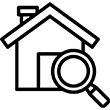
Inspection
A mold inspector will perform a visual inspection to identify potential mold growth and areas of concern.
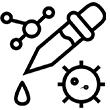
Sample Collection
Based on the inspection findings, the technician will determine the appropriate mold sampling methods..
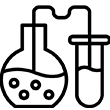
Laboratory Analysis
Mold samples are sent to lab for thorough analysis to identify the type of mold and, if applicable, the spore count.
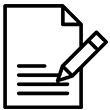
Reporting
You'll receive a comprehensive report detailing the findings and any recommendations for further action.
Beyond Testing: Inspection & Remediation
In Santa Barbara, we prioritize clear communication and collaboration with our clients throughout the entire mold assessment process, including mold inspections and testing. We'll provide easy-to-understand explanations of your mold testing results and guide you on the next steps Whether you need recommendations for mold remediation or simply want peace of mind about the presence of mold, we're here to support you.. (805) 232-7491
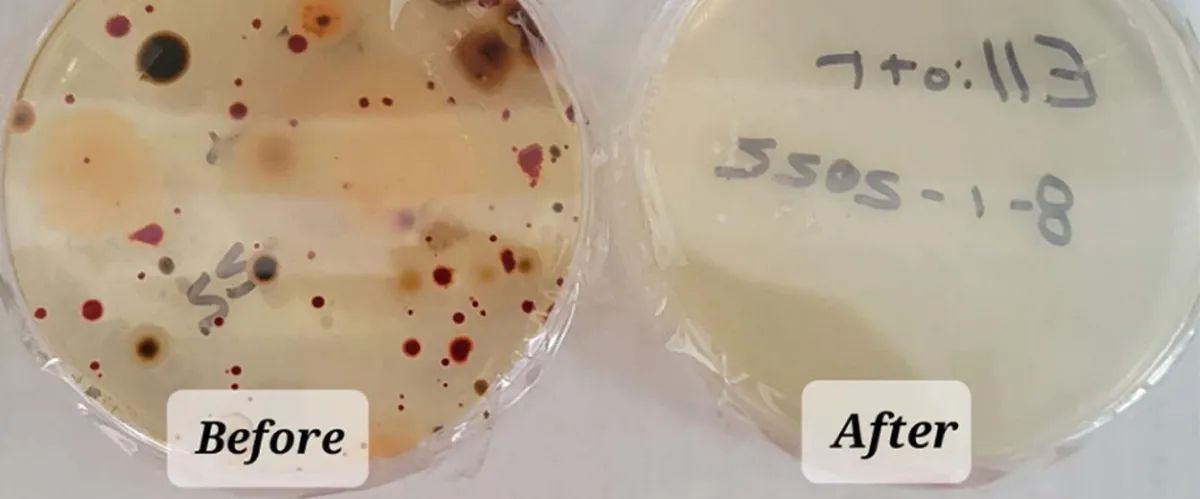
Santa Barbara Mold Exposure: Health Risks & Warning Signs
Health Impacts: Mold in Santa Barbara homes can trigger health problems, especially for those with allergies, breathing issues, or weak immune systems. Symptoms include:
Headache & Fatigue
Respiratory problems (coughing, wheezing, congestion, shortness of breath)
Allergic reactions (sneezing, runny nose, itchy eyes, skin irritation)
Warning Signs of Mold in Santa Barbara:
Visible Mold: Look for black, green, or white patches on walls, ceilings, floors, or furniture.Recognizing Musty Odors: Persistent damp or earthy smells may signal mold presence in Santa Barbara.
Musty Odors: Persistent damp or earthy smells may indicate mold.
Water Damage: Leaks or condensation can create ideal conditions for mold growth, especially in Santa Barbara's climate.
History of Flooding: Previous water damage increases the risk of mold development.
Straightforward and Easy-to-Understand Reporting
Our streamlined Mold Report ensures clear comprehension of our findings. Employing advanced techniques, our experts evaluate mold levels, guaranteeing a safe and healthy environment for your Santa Barbara home or business.
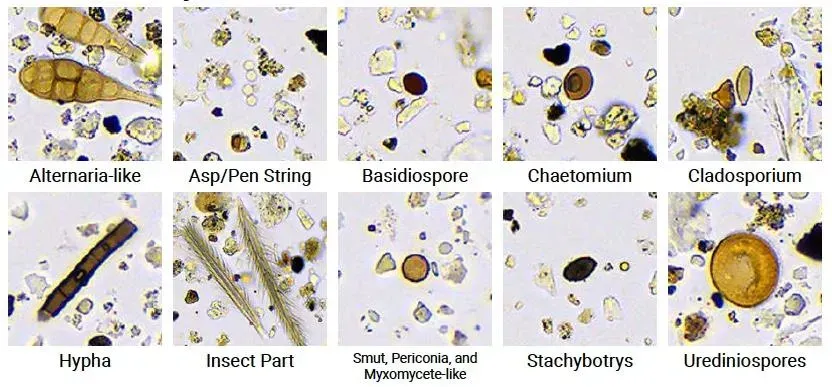
Santa Barbara Mold: Where it Thrives and How to Prevent It
Is mold lurking in your Santa Barbara home? This microscopic organism thrives in damp, warm environments. Here's a breakdown of common trouble spots and preventive measures:
Moisture Havens: Bathrooms, kitchens, and laundry rooms see frequent moisture due to showers, cooking, and washing. Ensure proper ventilation with exhaust fans and open windows.
Water damage: Leaks and overflows create hidden moisture problems. Address plumbing issues promptly and check for hidden water damage behind walls or under floors.
Drainage Issues: Poor foundation waterproofing, rising damp, and stack effect (warm air rising) can trap moisture. Consider professional drainage solution services if needed.
Poor insulation: Inadequate insulation allows warm air to condense on cooler surfaces, leading to mold growth. Upgrade insulation in attics, crawlspaces, and exterior walls for better temperature control.
High condensation: Moisture from condensation on windows or cold pipes can create mold-friendly environments. Install double-paned windows to reduce condensation, and insulate cold pipes.
Mold Prevention Tip: Regularly inspect your home for signs of mold, such as musty odors or visible discoloration on walls, ceilings, or floors. Early detection is key to preventing extensive mold problems.
Mold Testing FAQs
Which areas do you serve?
✓ Montecito
✓ Santa Barbara
✓ Ventura
✓ Goleta
✓ Isla Vista
✓ Santa Ynez Valley
✓ Carpinteria

Which mold species are identified through this testing?
Our Mold Test is performed by a Certified Mold Inspector and provides a complete evaluation of your environment, capturing pathogens and providing a snapshot of their presence. The test identifies 90+ molds and 10+ Air Particle Types uncovering potential air quality and health concerns. Armed with the results, you can make informed decisions to address issues. We're experts in recognizing mold's harm to air quality and health. We adhere to NORMI standards for mold detection and go above and beyond to identify any additional concerns that may affect your indoor environment.
Mold Spores (90+ Types):
Aspergillus/Penicillium Chains - Chaetomium - Fusarium - Gliomastix - Scopulariopsis - Stachybotrys - Ulocladium - Wallemia - Alternaria-like - Aspergillus/Penicillium - Cladosporium - Arthrinium - Ascospore - Basidiospore - Bipolaris - Bispora - Botrytis - Brachysporium-like - Cercospora - Chaetoconis - Coelomycete - Curvularia - Epicoccum - Exosporium - Fusicladium - Lasiosphaeria - Mitospore - Myrothecium - Nigrospora - Oidium - Paecilomyces - Pestilotiopsis - Pithomyces - Polythrincium - Pyricularia - Smut, Perconia, and Myxomycte-like - Spegazzinia - Stemphylium - Torula - Trichocladiu - Urediniospores.
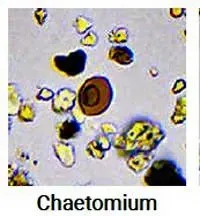
Other than mold, what do you test for?
Particulate Matter: Monitoring PM levels assesses air quality and its impact on respiratory health.
Formaldehyde: Detecting this pollutant helps identify health risks and take mitigation measures.
Carbon Dioxide (CO2): Monitoring CO2 levels is crucial for assessing ventilation.
Humidity: High humidity promotes mold growth, while low humidity can cause respiratory irritation.
Air Particles (10+ Types): Animal skin - Human skin - Pollen - Insect parts - Carbon - Dust - and mor
We also conduct a comprehensive inspection to identify visible mold signs and locate areas of moisture or dampness that could foster mold growth.

Do you send the samples to a lab? How does that work?
Our lab testing process begins by taking a control sample from outside the building to establish a baseline for distinguishing between indoor and outdoor pathogens. We then collect at least two samples from within the home, targeting areas prone to dampness and mold risks. If active mold is present, we may also take swab samples for further analysis in the lab.
Utilizing advanced equipment, we gather air samples through the air pump method, actively capturing and analyzing mold spores. These samples are then sent to our state-of-the-art laboratory, where cutting-edge technology enhances precision and efficiency.
Our laboratory digitizes samples, swiftly analyzes mold spore patterns, and identifyies specific species and concentrations.
The results are presented in an easy-to-read report, featuring a mold level indicator, clear visualizations, and tailored recommendations for remediation or further action. We prioritize client understanding, guiding informed decision-making for effective mold management.
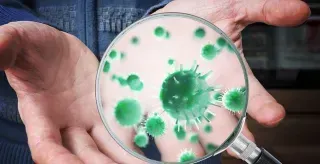
How much does a mold test cost?
The cost of a mold test varies depending on factors such as the square footage of the space and the number of samples collected and sent to the lab for analysis. To provide you with an accurate estimate tailored to your specific project, we encourage you to reach out to us via phone or the contact form on our website. Our team will be happy to discuss your needs in detail and offer a free estimate of the cost, ensuring transparency and clarity throughout the process.


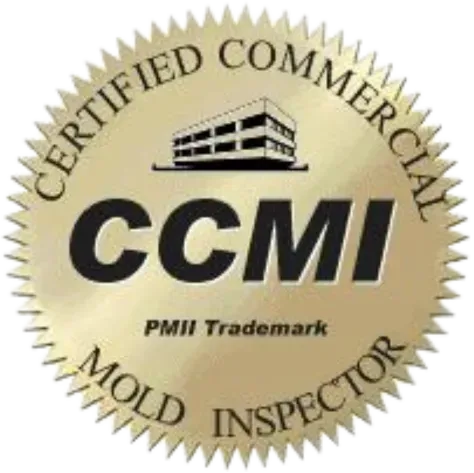

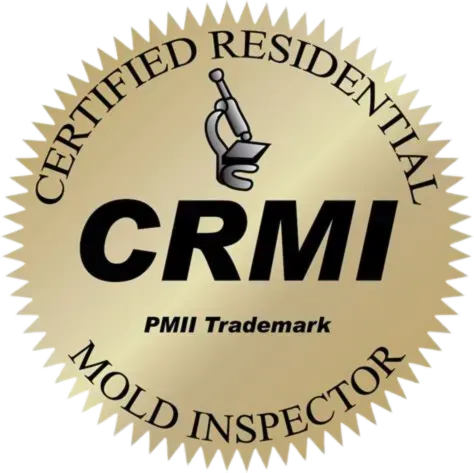
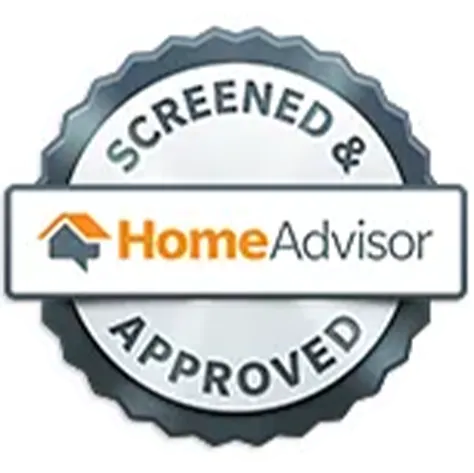
Our Dedication to You
Transparent Communication: Our utmost priority is clear and open communication, fostering collaboration with our clients every step of the way.
Accessible Reporting: Our reports are crafted for easy comprehension, offering clear insights into the presence and concentration of mold.
Personalized Guidance: We tailor our recommendations to your unique circumstances, providing cost-effective solutions and innovative eco-friendly strategies.
Comprehensive Guidance: We dedicate ourselves to walking you through the report, ensuring a thorough understanding of its implications.
Copyright @ 2025 - All rights reserved
Advanced Clean Air Solutions, LLC
351 Paseo Nuevo 2nd Floor #1033
SANTA BARBARA, CA 93101
